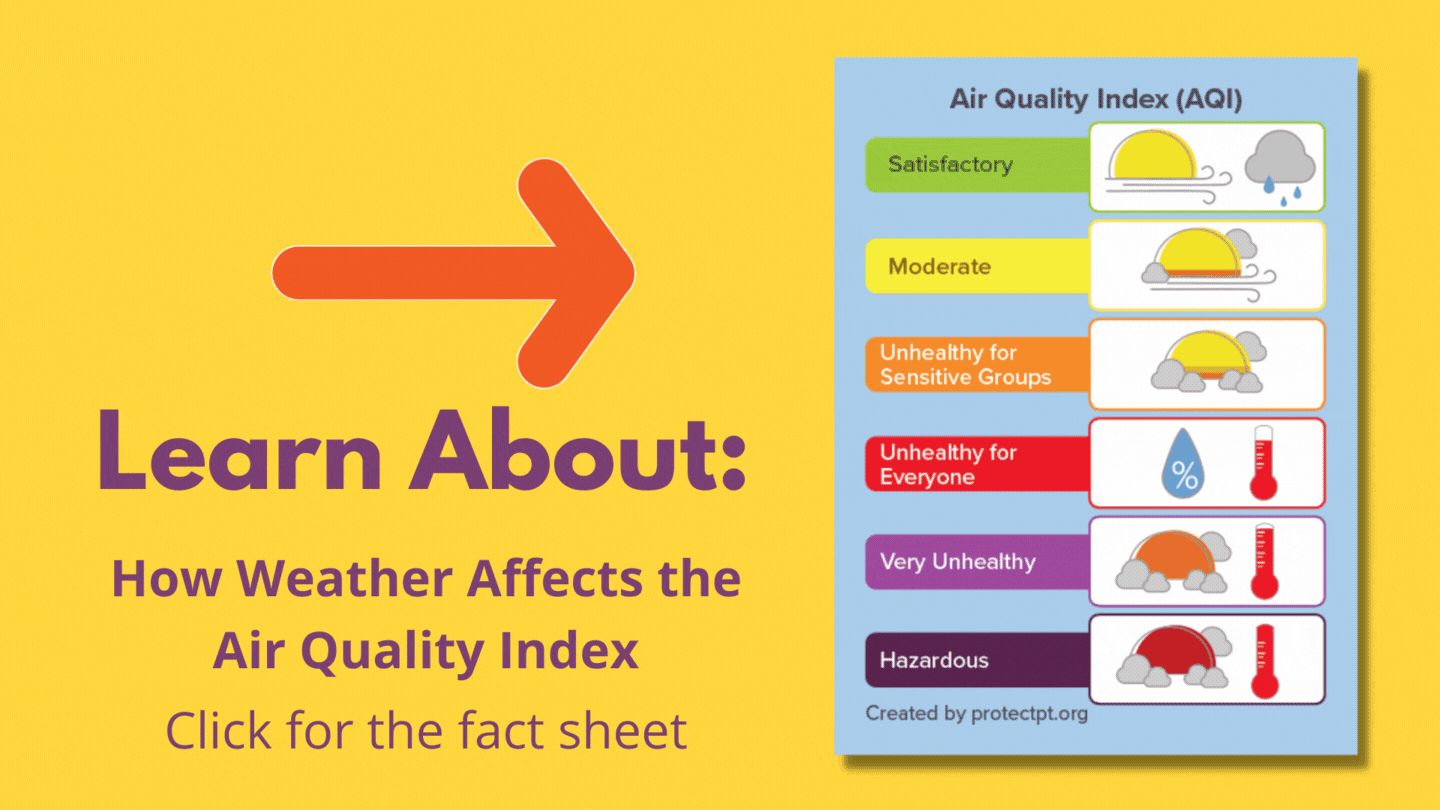
Air Quality
Air Quality Monitoring
What is in the air?
Unconventional gas development can pollute the air in many different ways releasing particulate matter, volatile organic compounds and hydrocarbons. Some of this air pollution is visible like smoke from diesel engines or fires at the well and some air pollution is not visible, at least to the naked eye. Gases like methane are invisible often leak or are vented from well sites, pipelines and compressor stations. Because you cannot see them you may not even know you are being exposed to them. The videos below show infrared footage of methane releases. Notice how you can see it billowing into the air with the heat-sensitive footage, and how it is barely visible when the infrared is turned off. These compressor stations and condensate tanks exist within every area that is host to natural gas development.
Click here to read the Earthworks Blog post about their visit with Protect PT.

Tonkin Compressor Station - at one point, the DEP found 11 leaks at this site after a resident complained due to terrible smell and air quality
Want to learn more about air quality?
Protect your family by monitoring your air NOW for a baseline.
Air quality monitoring is an important tool that can be used to protect yourself and your environment when living in close proximity to industrial practices, like shale gas development. Air pollution from shale gas development is known to cause many health problems from burning eyes and throat to long-term effects such as cancer, poor birth outcomes, and cardiovascular disease. This air pollution is produced throughout the stages of the drilling and production process and will go on for the life of the well. If you live within three miles of a well site you can be exposed to emissions containing harmful volatile organic compounds like toluene, ethylbenzene, and formaldehyde, radon gas from drilling, hydrocarbons, and particulate matter from truck exhaust.
What emissions can we monitor?
Particulate Matter (PM) - Particulate Matter is tiny particles that travel on the air we breathe. It is a prime way VOCs, which easily attach to particles in the air, are introduced into the body and can cause serious health effects. With oil and gas development PM is one of the largest contributors to these negative health impacts. The presence of PMs can be measured using an air quality monitor such as the Purple Air monitor. To participate in a program for monitoring your air quality click here or see the form below to get started.
Volatile Organic Chemicals (VOCs) - VOCs are organic chemical compounds that easily become vapors and affect the quality of your indoor and outdoor air. The compounds released from oil and gas drilling contain known and suspected carcinogens and can cause short and long-term health impacts. VOC's can be measured in your home or outdoors using a SUMMA canister to draw in a sample of your air, which is then sent to a lab for analysis. Click here if you would like to learn more about SUMMA canister testing and analysis.
Radon - Radon, the #1 cause of lung cancer outside of smoking, is a radioactive gas that everyone breathes in every day, usually at low levels, according to the National Cancer Institute. The levels of radon in the air are known to increase in the presence of oil and gas drilling. It is measured with a radon monitor usually placed in your basement.

Sand pollution at Quest Well Pad

Flaring of a conventional well near the Beaver Run Reservoir after a well-casing failure at the Shaw Well Pad

